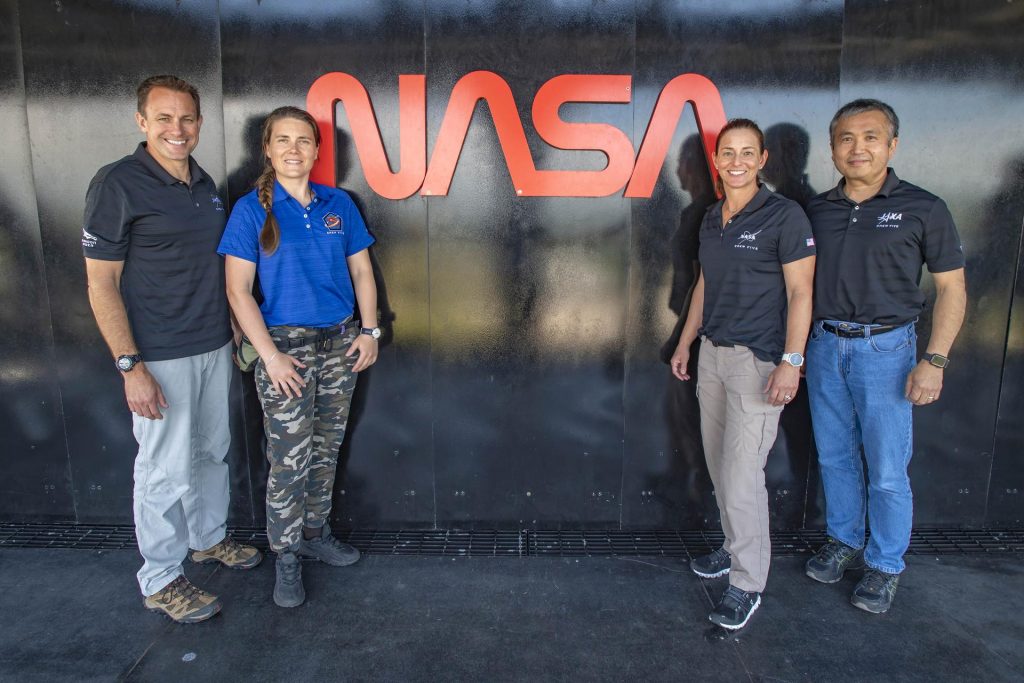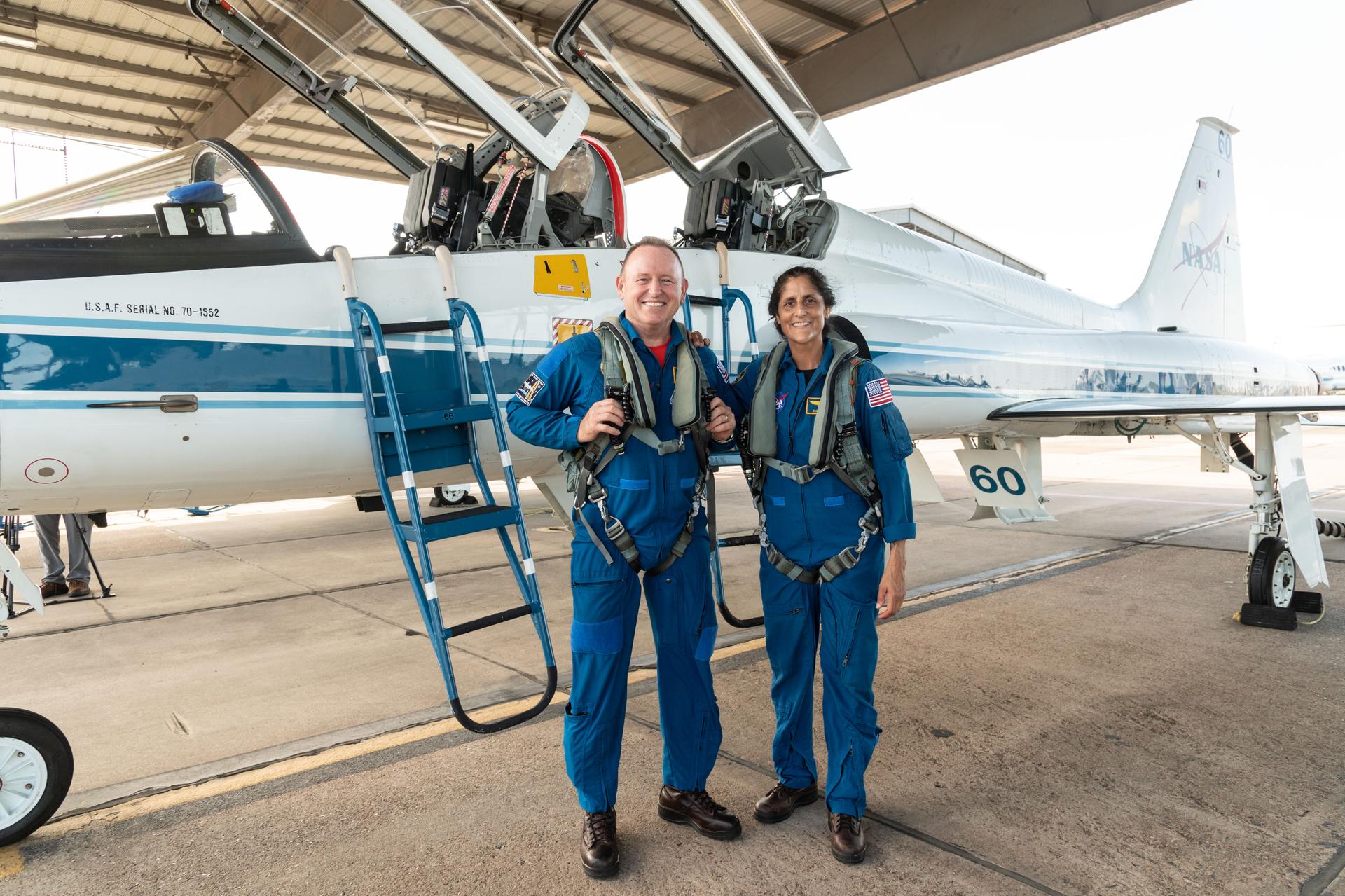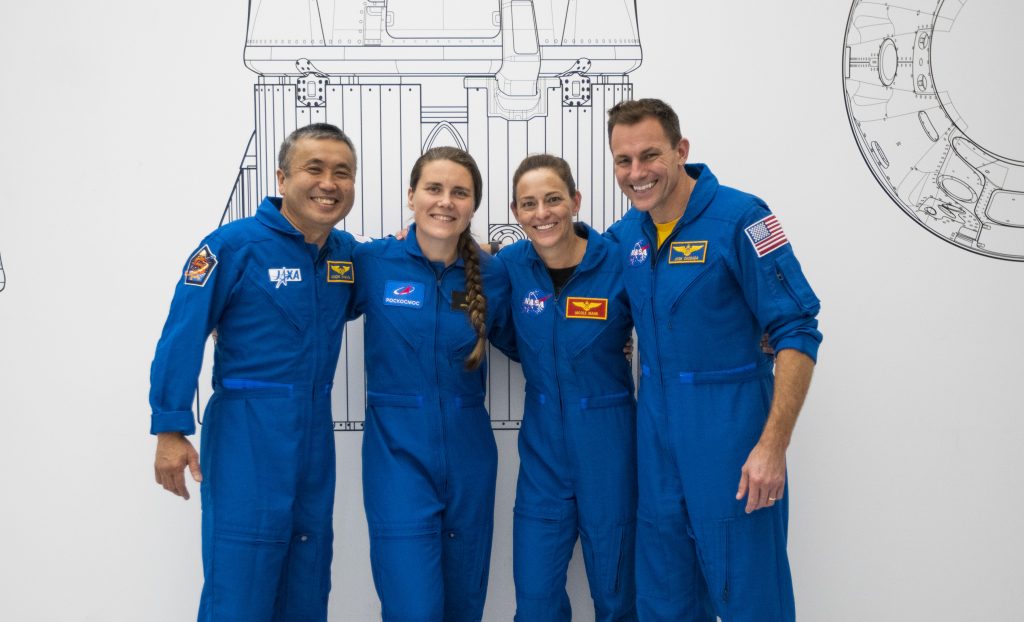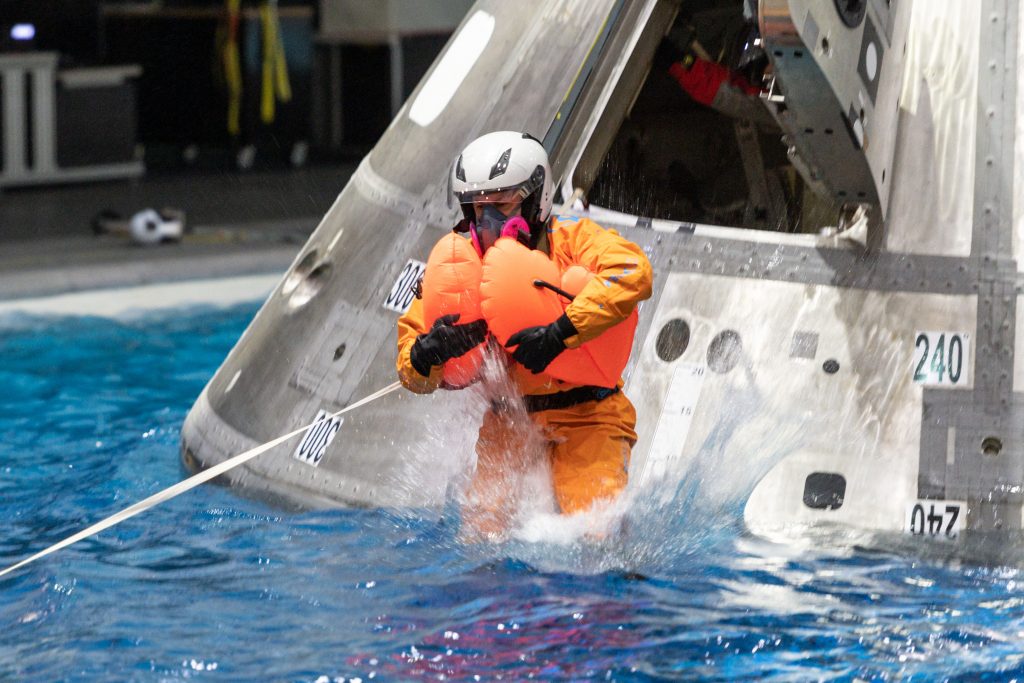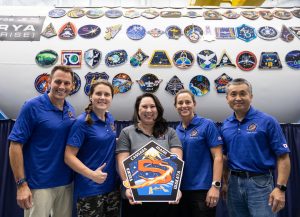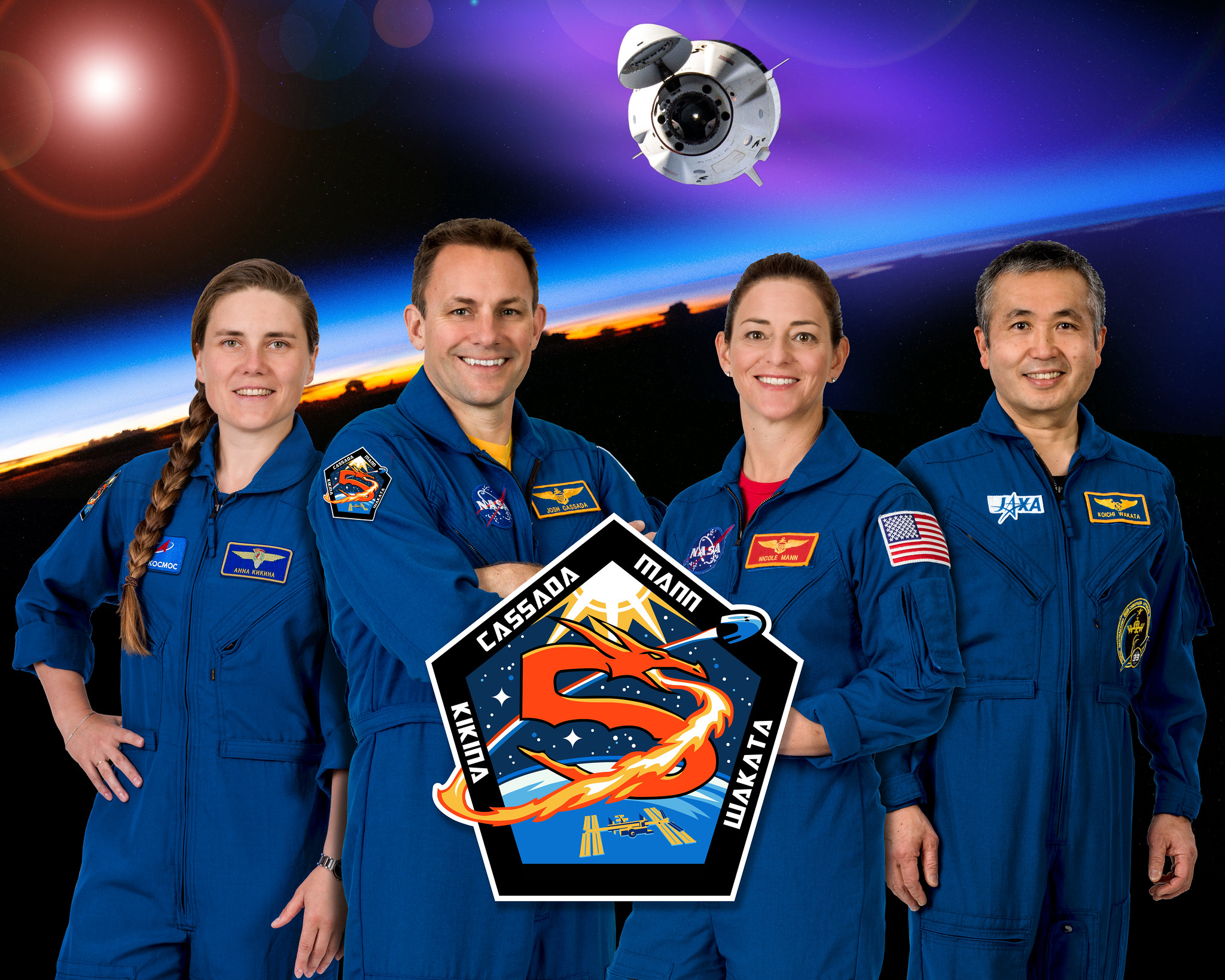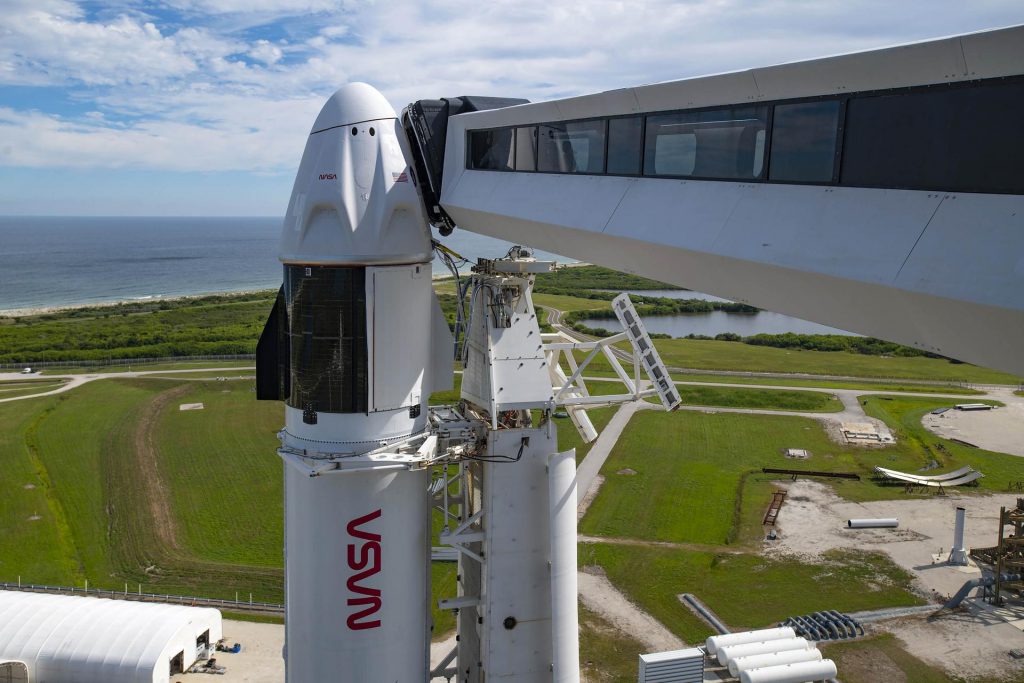
NASA astronauts Nicole Mann and Josh Cassada, along with JAXA (Japan Aerospace Exploration Agency) astronaut Koichi Wakata and Roscosmos cosmonaut Anna Kikina, entered their official quarantine period beginning Monday, Sept. 19, in preparation for their flight to the International Space Station on NASA’s SpaceX Crew-5 mission.
The process of flight crew health stabilization is a routine part of final preparations for all missions to the space station. Spending the final two weeks before liftoff in quarantine will help ensure Crew-5 members are healthy, as well as protect the astronauts already on the space station.
Crew members can choose to quarantine at home if they are able to maintain quarantine conditions prior to travel to NASA’s Kennedy Space Center in Florida. If quarantining at home is not possible – for example, if a household member can’t maintain quarantine because of job or school commitments – crew members have the option of living in the Astronaut Quarantine Facility at Johnson Space Center until they leave for Kennedy.
NASA’s SpaceX Crew-5 mission is the fifth crew rotation flight to the station as part of the agency’s Commercial Crew Program. Crew-5 is targeted to launch no earlier than 12:45 p.m. on Monday, Oct. 3, on SpaceX’s Dragon Endurance atop the company’s Falcon 9 rocket from Launch Complex 39A at Kennedy. Mission operations teams will be closely monitoring the weather leading up to liftoff.
After docking, the Crew-5 astronauts will be welcomed inside the station by the seven-member crew of Expedition 68. The astronauts of NASA’s SpaceX Crew-4 mission will undock from the space station and splash down off the coast of Florida several days after Crew-5’s arrival.
More details about the mission can be found in the press kit online and by following the commercial crew blog, @commercial_crew and commercial crew on Facebook.

